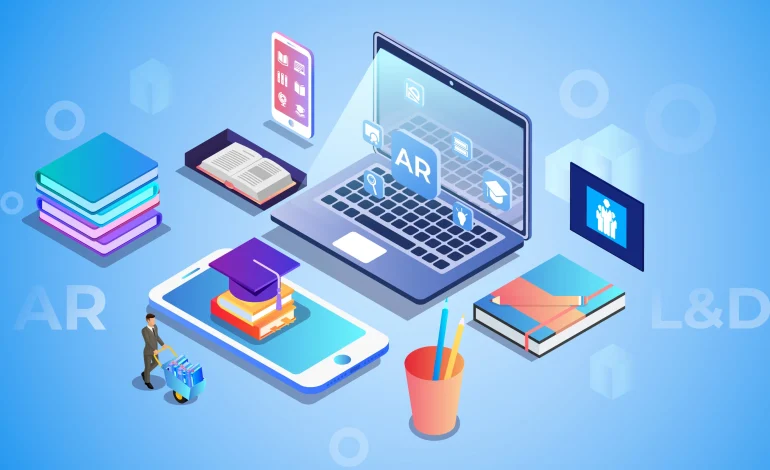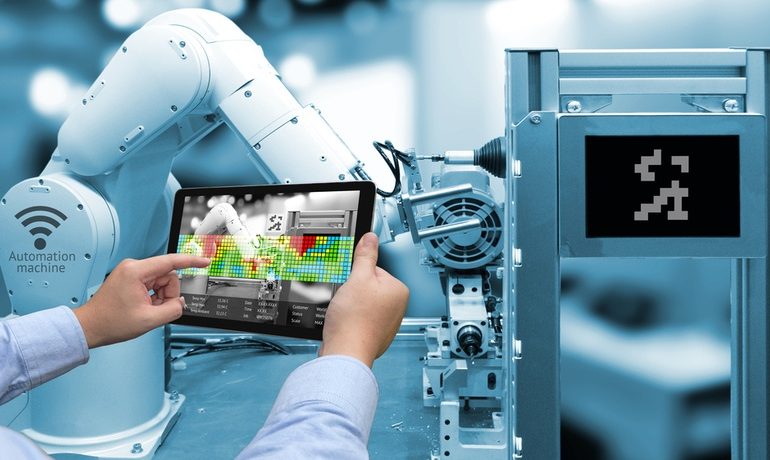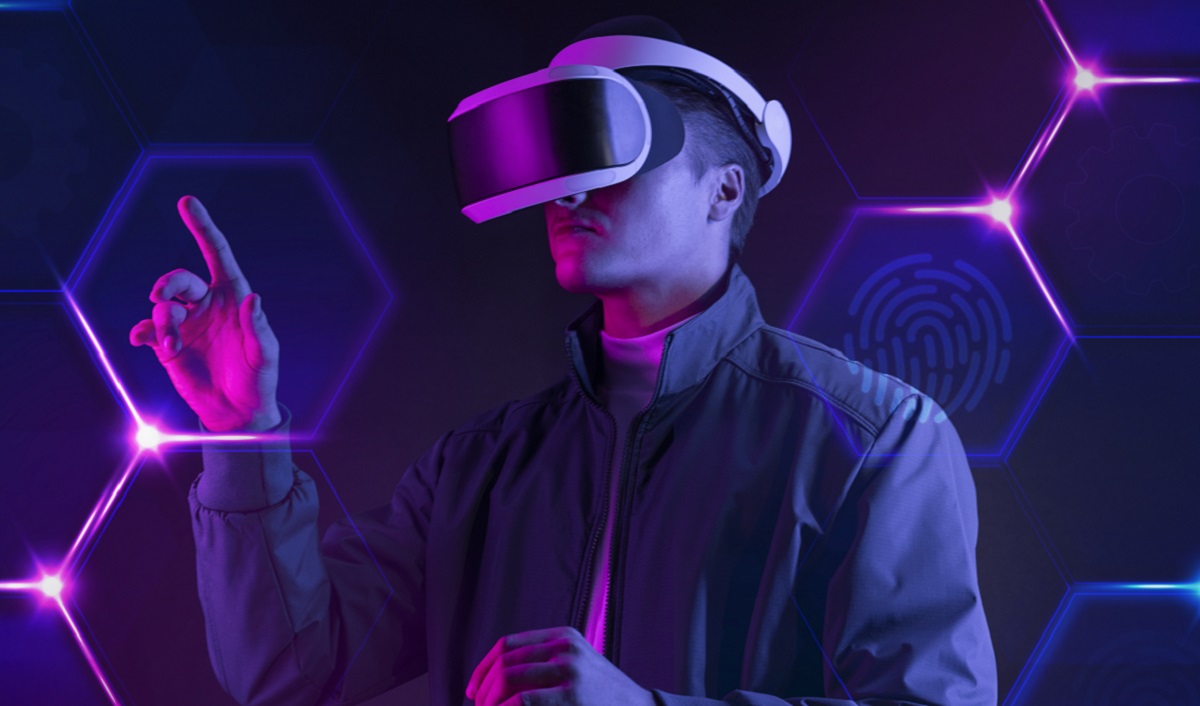Healthcare Reimagined: The Impact of AR on Medical Services
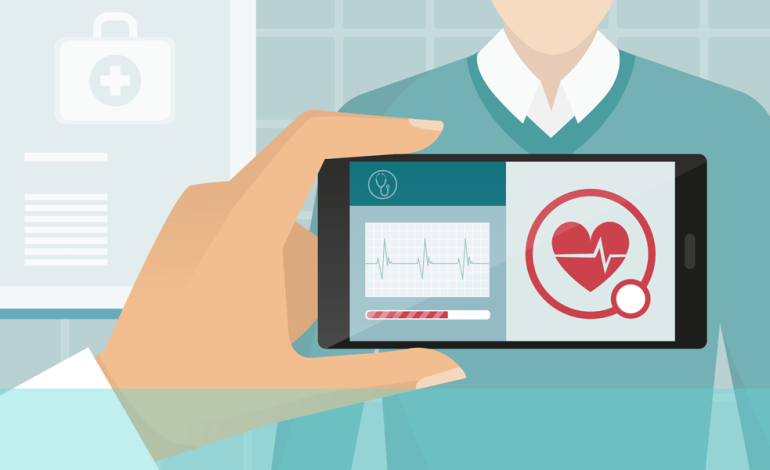
Augmented Reality (AR) is revolutionizing medical services. AR Medical technology is now used to make diagnosis and treatment more efficient, accurate, and cost-effective. In this blog post, we’ll explore the impact of AR on medical services and how it is transforming the way healthcare is delivered. We’ll look at how AR is used to enhance patient experience, streamline administrative processes, and improve accuracy in diagnostics. We’ll also discuss the potential of AR to revolutionize healthcare and transform the way services are provided.
Introduction
In recent years, healthcare has witnessed a revolutionary shift in its operations. With technology advancing at an unprecedented pace, healthcare professionals can utilize cutting-edge tools to provide better patient care. One such technology that has been gaining popularity in the healthcare industry is Augmented Reality (AR). AR refers to the technology that blends digital elements into the real-world environment, enhancing the overall experience. AR has many applications in various industries, and the healthcare sector is no exception. In this blog post, we will discuss the impact of AR services and explore how it is transforming the way healthcare is delivered.
The current state of healthcare
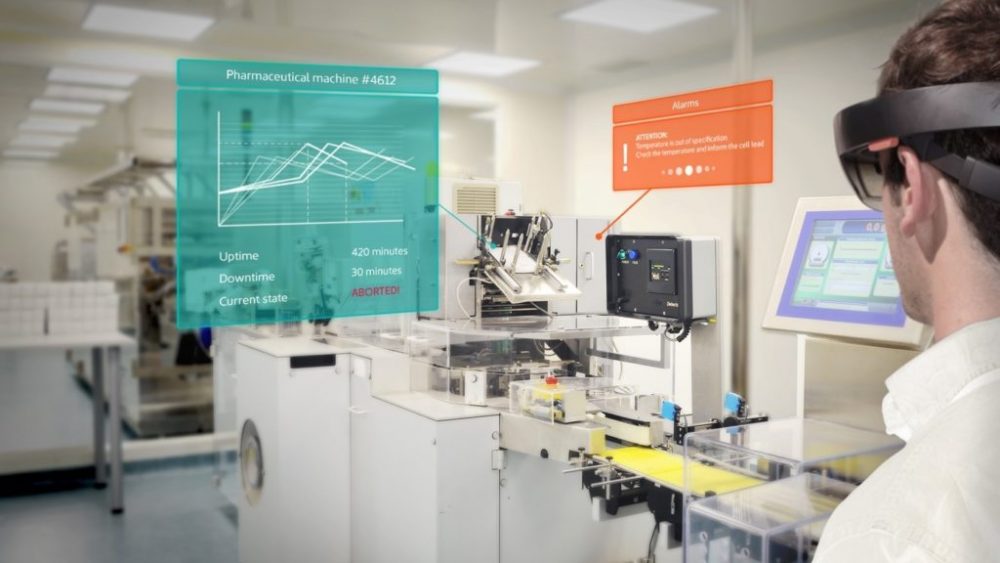
The healthcare industry constantly evolves with the ever-increasing population demands and technological advancements. Currently, healthcare providers are grappling with various challenges, such as limited resources, inadequate access to care, and increasing healthcare costs. Healthcare professionals are constantly looking for innovative solutions to provide high-quality care to patients while simultaneously reducing the burden on healthcare systems.
To keep up with the changing healthcare landscape, the industry is integrating technology to enhance the quality of care and streamline healthcare processes. Technological advancements, such as Artificial Intelligence (AI), Virtual Reality (VR), and Augmented Reality (AR), are gradually being adopted into the healthcare system to tackle the current challenges. One of the emerging technologies is AR, which has the potential to revolutionize healthcare services and provide better outcomes for patients.
The need for technological integration
The healthcare industry needs a significant technological upgrade. The traditional healthcare delivery models need to catch up with the demands of modern patients and healthcare professionals. There is a need to integrate new technologies that can help improve healthcare outcomes, reduce costs, and enhance patient experience.
There is no denying that technological integration has already been happening in various healthcare practices. For instance, electronic medical records (EMR) systems have become ubiquitous, but these systems can only do so much. With the rapid technological advances, the healthcare industry needs to move beyond essential record-keeping functions and utilize cutting-edge technologies like augmented reality (AR) to deliver better care and support.
AR technology has been hailed as one of the most significant technological advances in the medical field. It offers many applications, from improving patient outcomes to providing doctors with new and innovative ways to visualize and interact with medical data. Its potential to change how we think about healthcare is vast, and healthcare providers must take advantage of it to stay competitive.
In the next section of this blog post, we’ll explore how AR is used in healthcare and its benefits to medical professionals and patients alike.
How is AR being used in healthcare?
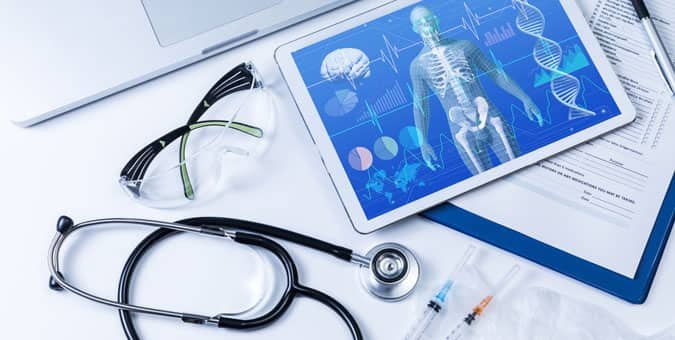
Augmented reality (AR) is revolutionizing how medical services are provided. It is transforming the traditional approach to treatment and enabling medical professionals to make informed decisions based on real-time data. AR technology offers a range of medical applications, including visualization of complex medical data, diagnosis and treatment, training and education, and telemedicine.
Visualization of Complex Medical Data:
AR can help medical professionals visualize complex medical data like CT scans, X-rays, and MRI images in real-time, which is impossible with traditional imaging methods. AR medical devices, such as Microsoft HoloLens and Magic Leap, can superimpose medical images on the patient’s body, allowing doctors to visualize the affected area precisely. This can improve diagnostic accuracy and treatment planning.
Diagnosis and Treatment:
AR technology is transforming the way medical professionals approach diagnosis and treatment. AR devices, such as Google Glass and AccuVein, can display vital medical information and veins on the patient’s skin. This enables doctors to make accurate diagnoses and provides an accurate representation of the affected area, which leads to better treatment decisions.
Training and Education:
AR technology can enhance medical training and education by offering a hands-on approach to learning. AR devices can simulate complex medical procedures and surgeries, allowing medical professionals to learn new skills without risking patient health. Medical students can use AR technology to practice surgical procedures in a controlled environment, which leads to better medical outcomes and fewer complications.
Telemedicine, providing medical services through telecommunication and information technology, is becoming an increasingly popular option, especially in rural and remote areas. AR technology can enhance telemedicine by allowing doctors to examine patients using AR medical devices remotely. This can save travel time, reduce healthcare costs, and enable doctors to reach more patients, regardless of location.
AR technology is transforming how medical services are provided, and its potential is limitless. Adopting AR technology can lead to improved medical outcomes, reduced costs, and increased accessibility of medical services. The medical industry should embrace AR technology and invest in its development to reimagine the healthcare system and provide the best care possible.
Benefits of AR Medical
AR Medical technology offers numerous benefits to healthcare professionals and patients alike. Here are some of the most significant advantages of using AR in medical services.
1. Enhanced Visualization:
AR Medical technology provides healthcare professionals with detailed visualizations of the human body. AR imaging helps physicians visualize medical data with better accuracy and precision. They can examine internal organs, tissues, and cells in real time. This way, they can identify diseases, diagnose conditions, and more accurately determine the proper treatment plans.
2. Increased Patient Engagement:
AR Medical technology helps to increase patient engagement by providing interactive visualizations of their medical conditions. This allows patients to better understand their health issues and how they can contribute to their recovery. AR medical apps can also help patients track their progress and adhere to their medication schedules.
3. Improved Medical Education:
AR Medical technology has immense potential to revolutionize medical education. It enables students to study the human body in-depth, learn about different conditions, and practice complex medical procedures. By simulating real-life medical scenarios, AR technology helps to prepare medical professionals for complex operations.
4. Cost-Effective Medical Treatment:
AR Medical technology helps healthcare providers to minimize the need for expensive medical tests and procedures. AR technology can help physicians arrive at a diagnosis more efficiently by providing a better understanding of the patient’s medical conditions. This can reduce medical costs and improve the overall quality of care.
5. Increased Efficiency:
AR Medical technology can help healthcare providers improve efficiency by streamlining various medical processes. For instance, it can reduce the time medical professionals take to make accurate diagnoses. AR technology can also simplify complex medical procedures, enabling healthcare providers to treat patients more efficiently.
AR Medical technology is set to revolutionize healthcare. It provides an innovative way of visualizing and treating medical conditions, reducing costs and improving efficiency. As technology advances, we expect AR to play an increasingly critical role in the future of medical services.
Potential future applications.
The potential applications of AR technology in the healthcare industry are virtually limitless. Here are a few possible ways AR could transform medical services shortly:
1. Medical Education and Training: AR technology could create realistic simulations for medical students and healthcare professionals to practice various medical procedures and surgeries. This would allow them to get hands-on experience in a safe and controlled environment before performing the same operations on actual patients.
2. Remote Surgery: AR could allow surgeons to perform surgeries remotely on patients far away. This would be particularly useful in emergencies with a shortage of doctors in the immediate area.
3. Virtual Consultations: AR could be used to conduct virtual consultations between patients and doctors. Patients could use their smartphones or tablets to connect with doctors in real-time and receive medical advice without leaving their homes.
4. Disease Diagnosis: AR could diagnose various diseases and illnesses in patients. By overlaying data and medical information onto a patient’s body, doctors could identify early signs of diseases and start treatment before the condition becomes too severe.
5. Patient Rehabilitation: AR could help patients recover from injuries or surgeries. By creating immersive environments, patients could practice their rehabilitation exercises in a fun and engaging way.
Conclusion
As we can see, AR technology is a game-changer for the healthcare industry. With its ability to visualize and communicate medical information effectively, AR can help improve patient outcomes and streamline healthcare services. The potential future applications of AR benefits are limitless, from assisting with complex surgical procedures to providing remote consultations to needy patients. As the healthcare industry continues to evolve, AR will undoubtedly play a vital role in shaping its future. It’s exciting to think about the possibilities this technology could bring and how it can transform how we approach medical care. Overall, the integration of AR technology in medical services offers an exciting glimpse into the future of healthcare, one that holds promise for better patient outcomes and more efficient healthcare services.

